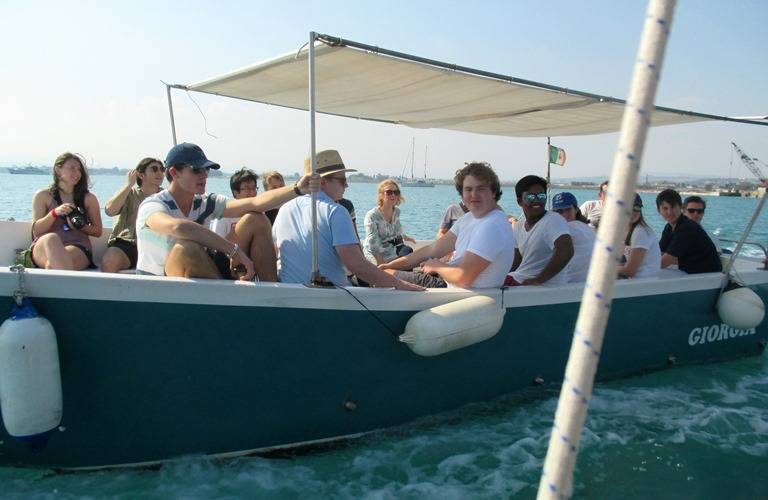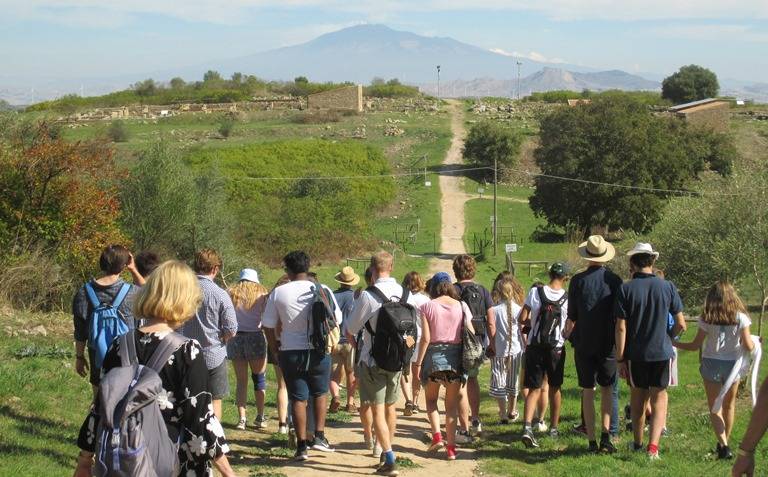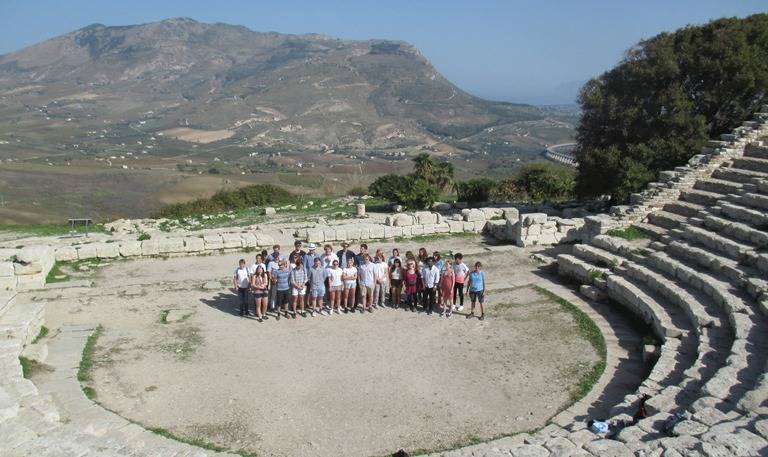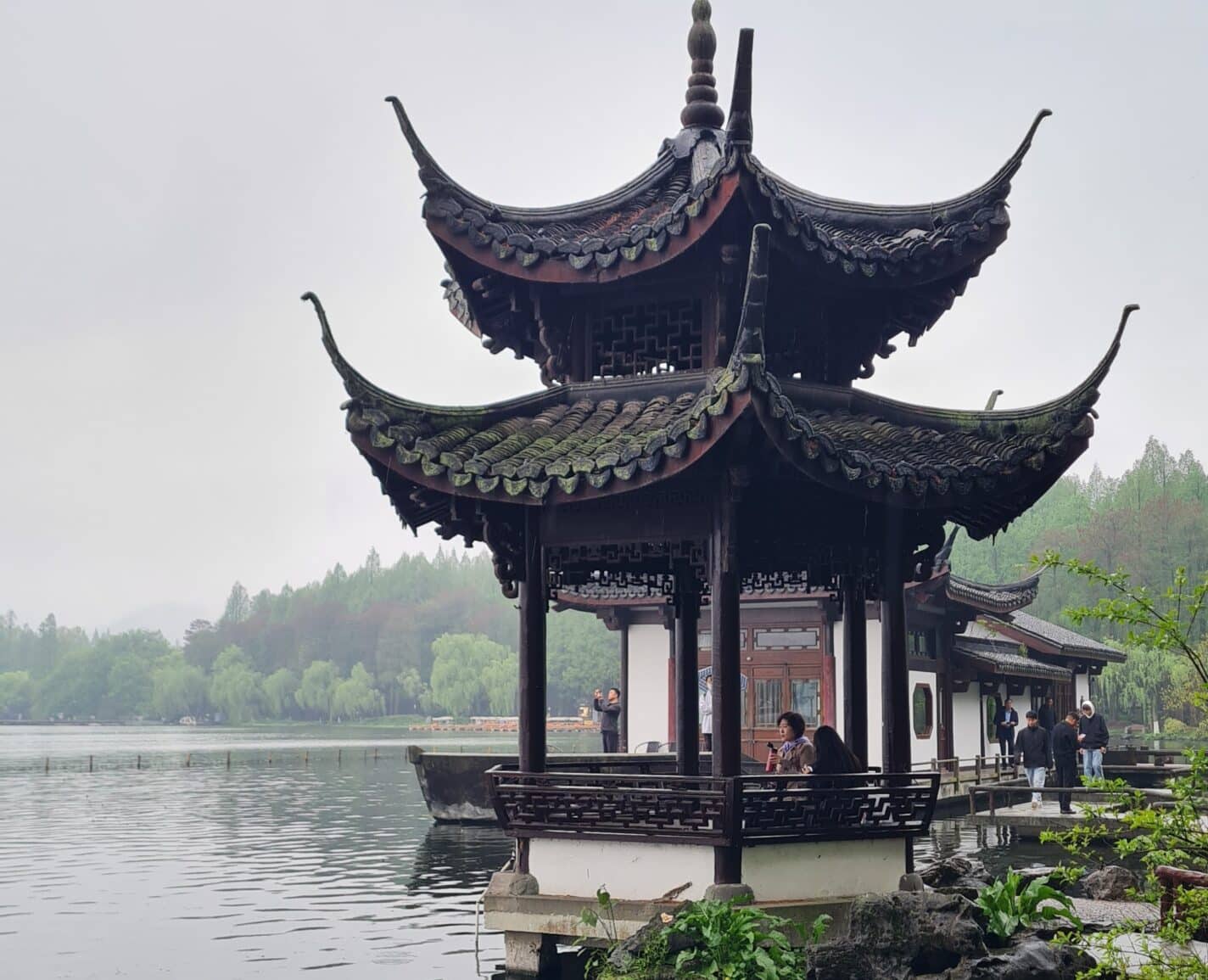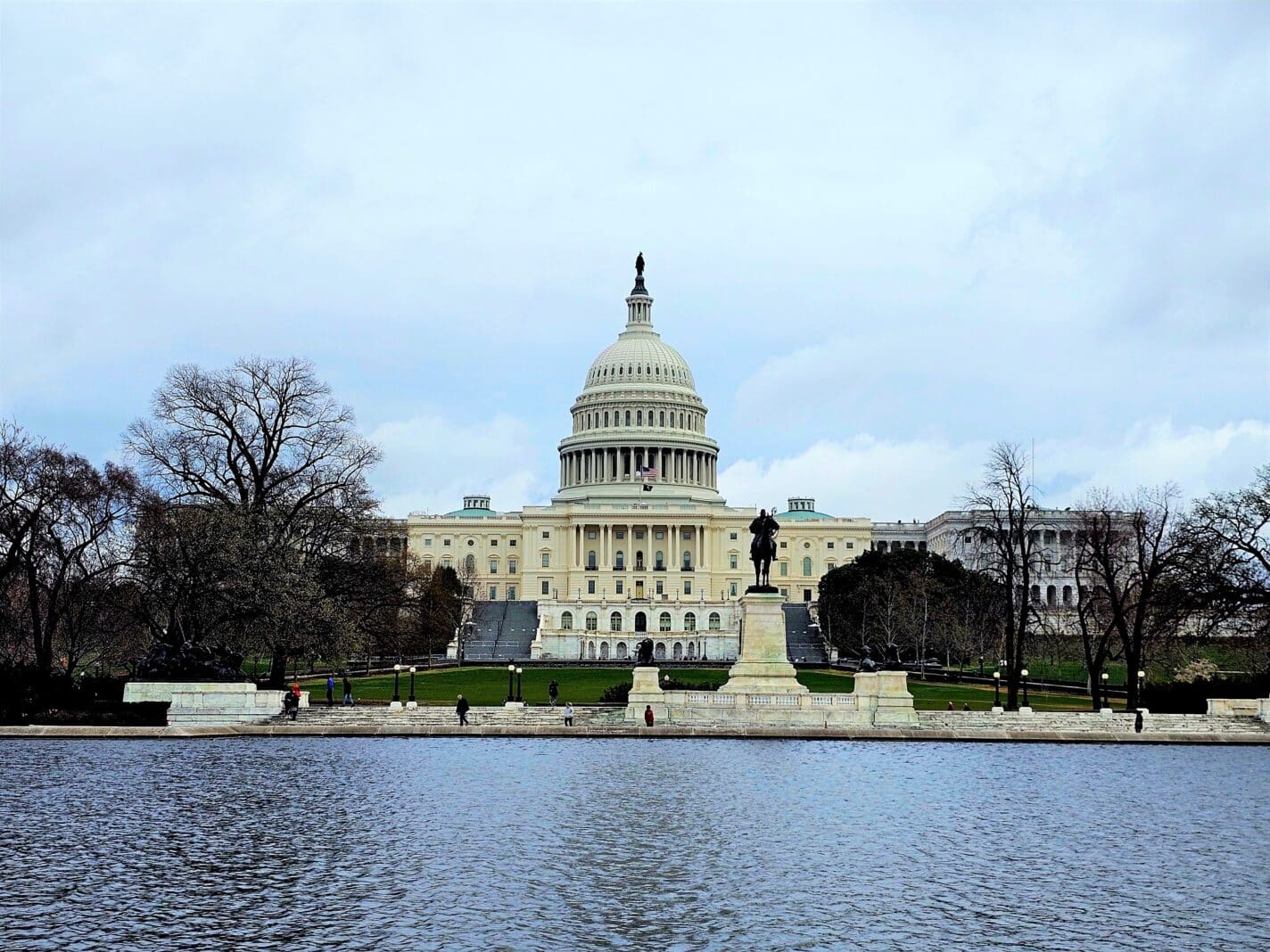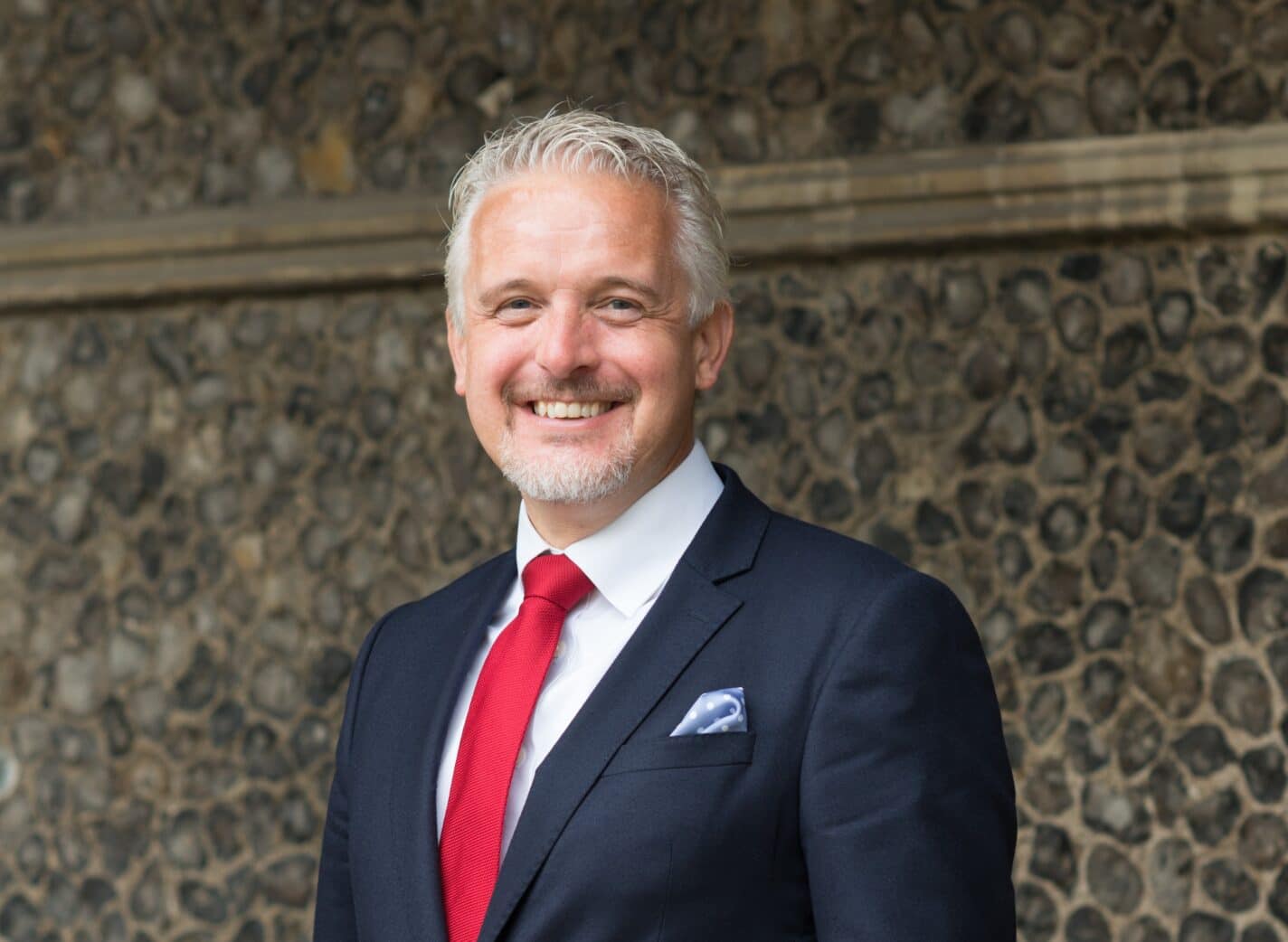Over Half Term, the Classics department took 26 Fourth to Upper Sixth Form pupils to Sicily.
The visit began with pupils seeing the Riace Bronzes in Reggio di Calabria, two super-human sized warriors rescued from the sea in the 1970s and described by Nigel Spivey as ‘the best Greek bronzes in the world’. They went on to the Taormina theatre with its incredible views over a smoking Etna, followed by a day in Syracuse, visiting the Greek theatre and the stone quarries where the Athenian prisoners of war chiselled away at the rock after their defeat in the Great Harbour in 413BC. Having the chance to touch the stones which had been worked by men who the pupils have studied in Thucydides was an extraordinary experience.
After a trip around the Great Harbour in two boats, the group saw the remains of the oldest Greek temple in Sicily, and then visited the oldest cathedral in the world. Cattedrale metropolitana della Natività di Maria Santissima was originally a Greek Doric temple sacred to Athena, and its columns can still be seen incorporated in the walls of the current church.
The group then visited the ancient site of Morgantina where they were treated to an outstanding guided tour by Rosella Nicoletti, an active archaeologist who knows the site inside out, and who was able to give them a vivid and highly stimulating account of its history and archaeological remains. Piazza Armerina and the outstanding mosaics of the Villa del Casale followed, including the massive corridor of the Great Hunt, picturing animals from all over the Roman Empire being captured and brought on ships for the Colosseum in Rome.
Two huge temple complexes delighted the group on the next day, with the towering pride of Agrigento boasting its wealth and success to anyone coming in from the sea. The Temple of Concord is the best preserved Greek temple in the world, and Selinunte gave the group the opportunity actually to stand inside a reconstructed temple.
On their final day, the group visited the unfinished temple of Segesta. Standing alone on a hillside in the middle of nowhere, it has an aura unlike anywhere else.
On the hill above is the equally remote Greek theatre, where George Brettle (B) sang Faure’s Libera Me to an enthralled audience, before the whole group was encouraged onto the stage to sing Jerusalem. The final visit was to Monreale Cathedral with its outstanding mosaics of stories from the Bible.
This was a trip which gave pupils a real understanding of the spread of civilisation, with highlights from the Bronze Age, both the Greek and Roman eras and the Norman period, all of exceptional beauty and repair, and on an island of outstanding beauty in its own right. Having been treated to wonderful food, great hospitality and perfect weather, many of the pupils pledged to return to Sicily and explore its culture and history in even greater detail.
M James


